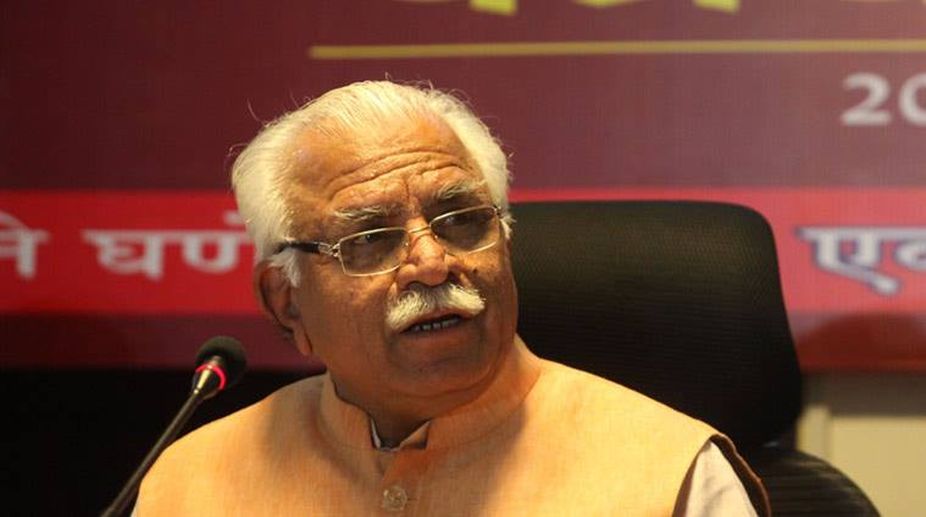Haryana takes major stride towards implementing 3 new criminal laws
New scheme 'Haryana Witness Protection Scheme, 2025' launched.

Haryana Chief Minister Manohar Lal Khattar (Photo: Facebook)
Haryana Chief Minister (CM), Manohar Lal Khattar, may have faced criticism from the Opposition for his proposal to fix educational qualifications for members of legislative Assembly (MLAs) and members of Parliament (MPs), but the similar legislation in the state for candidates contesting elections for the panchayati raj institutions (PRIs) and Urban Local Bodies (ULBs) has opened doors for the young and educated.
In September 2015, Khattar-led BJP government had faced much criticism for amendment to the Haryana Panchayat Raj Act, 1994 as the new law, among other things, prescribed minimum educational qualifications for candidates.
Advertisement
The new criterion, upheld by the Supreme Court, however, changed the complexion of panchayats in the state when elections were held in January 2016 for the posts of over 6,000 sarpanches (village heads) as younger and better educated candidates won.
Advertisement
A senior official in the CM office said as young crop of leaders has come forward due to the educational criterion, they (elected representatives in PRIs and ULBs) are showing very good results and also helping in better implementation of initiatives like the Beti Bachao Beti Padhao campaign and the Swachh Bharat (Clean India) Mission.
“When we get in touch with these young and educated elected representatives, they respond very positively and help in better implementation of various government initiatives,” said the official wishing not to be named.
Following the education qualification criterion, over 2,500 women were elected sarpanches (village heads) despite the fact that there were only 2,097 seats reserved for them. As per the official figures, the average age of elected sarpanch came down to 36 as against 43 in the 2010 panchayat elections and the number of matriculates went up from 28.8 per cent in 2010 to 59.7 per cent in 2016.
Also, there has been a marginal increase in the number of graduates and postgraduates – 12.8 per cent in 2016 as compared to 10.9 per cent in 2010 – getting elected to the post of sarpanch.
The most surprising results were witnessed in the socio-economically backward Meo-Muslim district of Mewat with women candidates wresting 24 unreserved seats of sarpanch.
After Panchayat polls, Haryana government has already fixed the minimum educational qualification requirement for candidates contesting in elections for ULBs in the state.
After the Haryana CM wrote to the Centre to fix minimum educational qualification for MPs and MLAs to contest elections, former CM Bhupinder Singh Hooda on Sunday criticised the proposal saying even uneducated have the right to contest. “I think before we suggest that minimum qualification criteria be put in place, our first target should be to make the country 100 per cent literate,” he said.
Advertisement